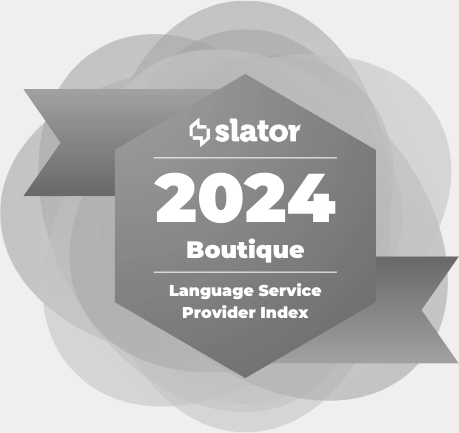Facebook Rolls Out a New Translation Feature
Posted by Nataly Kelly on October 7, 2011 in the Common Sense Advisory Blog
This week, Facebook announced a new feature to enable users to translate comments on public pages. Interestingly, Facebook is offering users the ability to translate information automatically using machine translation (MT) through Bing Translate, or users may suggest their own renditions in other languages. If it gets enough votes, the user-generated version replaces the machine-generated one.
We asked Ghassan Haddad, Director of Internationalization at Facebook, to comment on why Facebook decided to roll out the new automated translation feature. “The purpose of the MT implementation is two-fold,” he explained. “For one thing, it is to provide users with the opportunity to more easily engage with people who speak different languages. Just as importantly, a lot of the user-generated content on pages is in languages other than English. Using MT enables page owners to better engage or communicate with the people who provide comments on their page.”
Here’s how it works:
- When users visit a public page, if a comment is posted in another language, a “translate” button appears next to the comment.
- If a user clicks on the translate button, a pop-up window appears with the Bing translation. Users can also suggest their own versions.
- When a translation from a community member receives enough votes, it eventually replaces the version suggested by Bing Translate.
- Once a translation has been provided and is displayed, the user can easily toggle back to the source text by clicking “original.”
The announcement was made without much fanfare. However, we believe that Facebook’s inclusion of the translation feature is significant for several reasons:
- Enhanced usability. Previously, Facebook users had to leave the Facebook environment if they wanted to translate content. Most users would open up a browser with a free online MT provider in a separate window in order to understand the content. Giving users faster access to in-language information is a smart move. Actually, as our research shows, it’s a must.
- Deflection of competition. The majority of people leaving the Facebook environment to get a translation were heading over to none other than Google, which not only has Google Translate, but that competing social network, Google+. So, the translate button also serves a strategic purpose – keeping Facebook users away from Google.
- Prominent placement. The translate button appears right next to the “like” button. In web real estate, this positioning speaks volumes about the importance of the translation feature. This could appear risky, but remember, the button only appears for users who are likely to actually need the translation feature – those who are looking at content in a language other than their own.
- Quality improvement. By giving users the chance to improve the automated translations from Bing, Facebook is moving beyond MT and leveraging the popular community translation model that it introduced many years ago. Community translation has been quietly growing in popularity, based on a review we conducted this year of 100 companies that use the model. Of course, the idea of having users suggest a better translation to improve machine translation is nothing new – Google added this option back in 2007.
Read the full article here.





